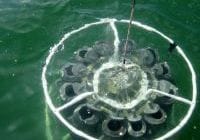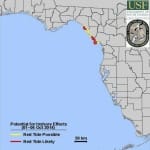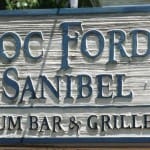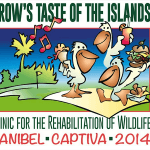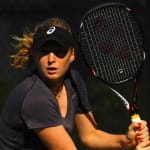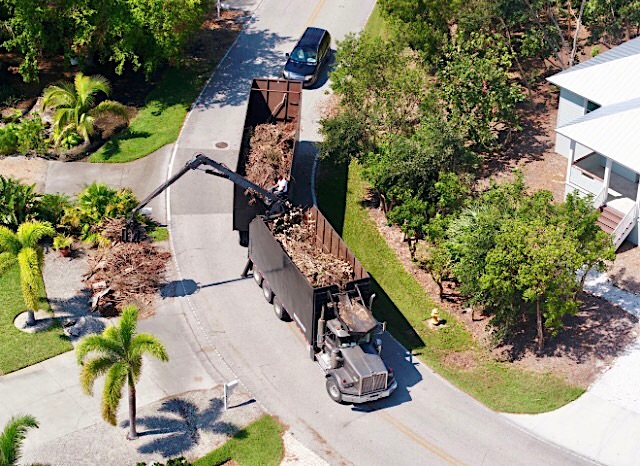Nutrients That Feed Sanibel Red Tide ‘Under The Microscope’ In Major Study.
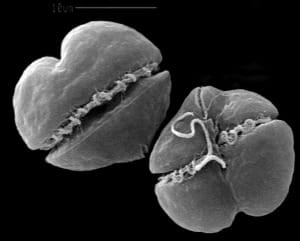
Sanibel Red Tide, Scanning Electron Microsope Image Of K. Brevis. Image Courtesy Of University Of Maryland, Center for Environmental Science.
Florida Red Tide Organism Has More Flexible Biology than Previously Known — New Knowledge for Mitigation and Management.
“The ‘food’ sources that support Florida red tides are more diverse and complex than previously realized, according to five years’ worth of research on red tide and nutrients published recently as an entire special edition of the scientific journal Harmful Algae.
The multi-partner project was funded by the National Oceanic and Atmospheric Administration’s ECOHAB program and included 14 research papers from seven institutions.
The research team studied four red tide blooms caused by the harmful algae species Karenia brevis in 2001, ’07, ’08 and ’09, plus the non-bloom year 2010. Their goal was to understand which nutrients supported these red tides and the extent to which coastal pollution might contribute, helping reveal what drives red tide in southwest Florida.
According to the study, K. brevis can get the nutrients nitrogen and/or phosphorus from the following sources (bold sources were newly linked to K. brevis blooms through the ECOHAB project):
- Undersea sediments
- Decaying fish
- Water flowing out of estuaries
- Deposits from the atmosphere
- Nitrogen from the air transformed, or “fixed,” into a more useable form by the naturally occurring bacteria Trichodesmium. (They are a type of cyanobacteria, which use energy from sun to make food, like plants. They can multiply and form blooms.)
- Waste from zooplankton — small aquatic animals visible to the naked eye
- The “grazing” of smaller zooplankton, dubbed “microzooplankton” because they can only be seen under a microscope. (Grazing includes their “sloppy eating” of other tiny life forms, along with the their waste.)
- Picoplankton — tiny life forms that K. brevis consumes
- Bacteria transforming nitrogen in the water into more useful forms
- Light creating available nutrients from natural, dissolved compounds like tannins in the water
- Decay of Trichodesmium blooms (newly documented as a long-term nutrient source for K. brevis blooms)
- Nitrogen from the air “fixed” by other cyanobacteria that are NOT Trichodesmium
The blue-green algae called Trichodesmium provided the most nitrogen, but not all, for blooms developing offshore. Nearer to shore and within estuaries, major nitrogen sources believed to support blooms included estuary water carrying land-based nutrients to sea, underwater sediments and dead fish decomposing, in addition to other sources.
A few coastal sources — estuary water, deposits from the atmosphere and underwater sediments — are known to carry natural nutrients as well as some enhanced levels due to human activity. With other nutrient sources — such as microscopic life forms — connections with human activities are less direct, so it is harder to predict how they might be influencing red tides. The researchers concluded that many of these nutrient sources are individually more than enough to support observed blooms, but no single nutrient source is solely responsible.
For more information, please see Bigelow Laboratory For Ocean Sciences.


